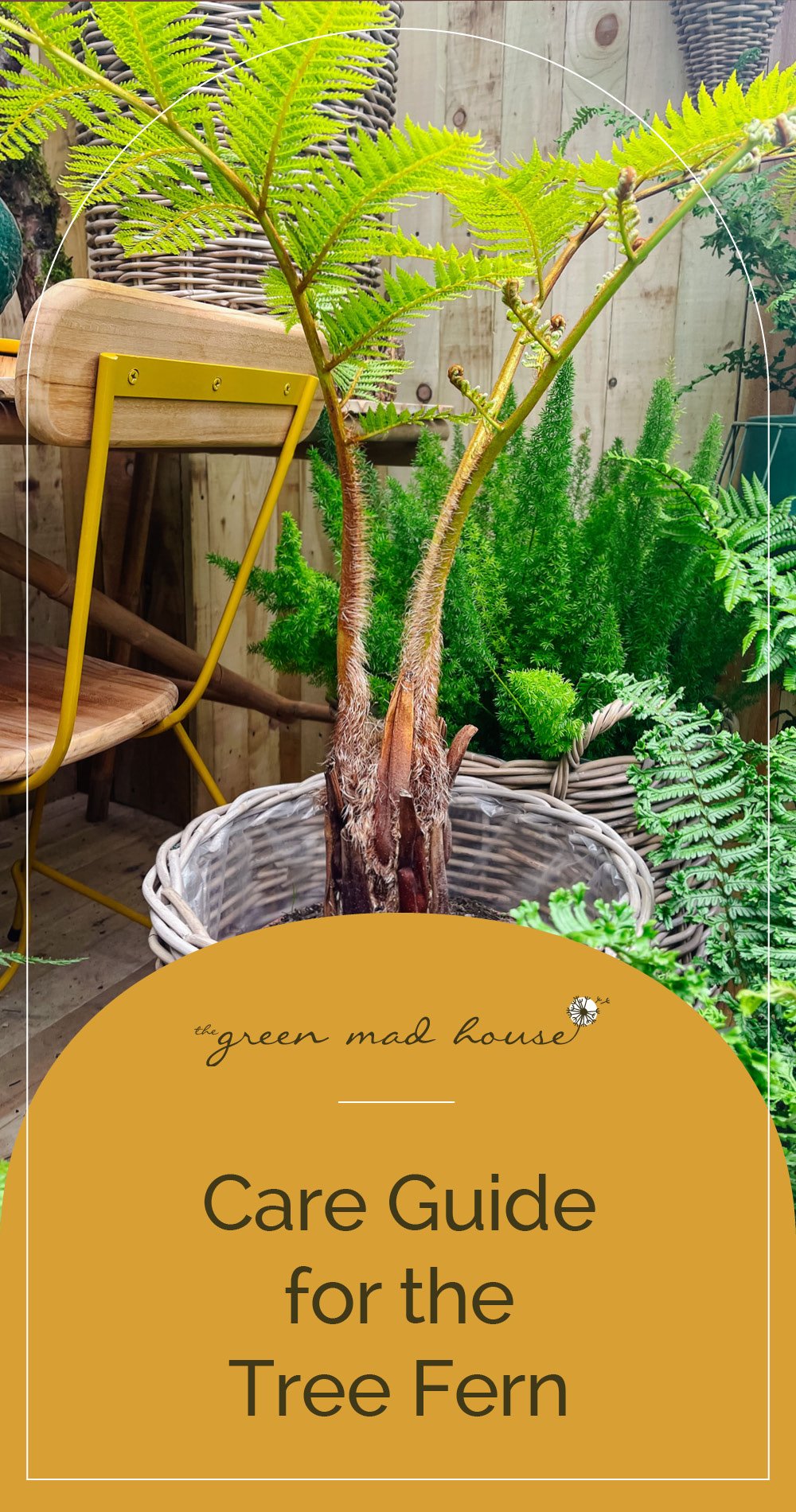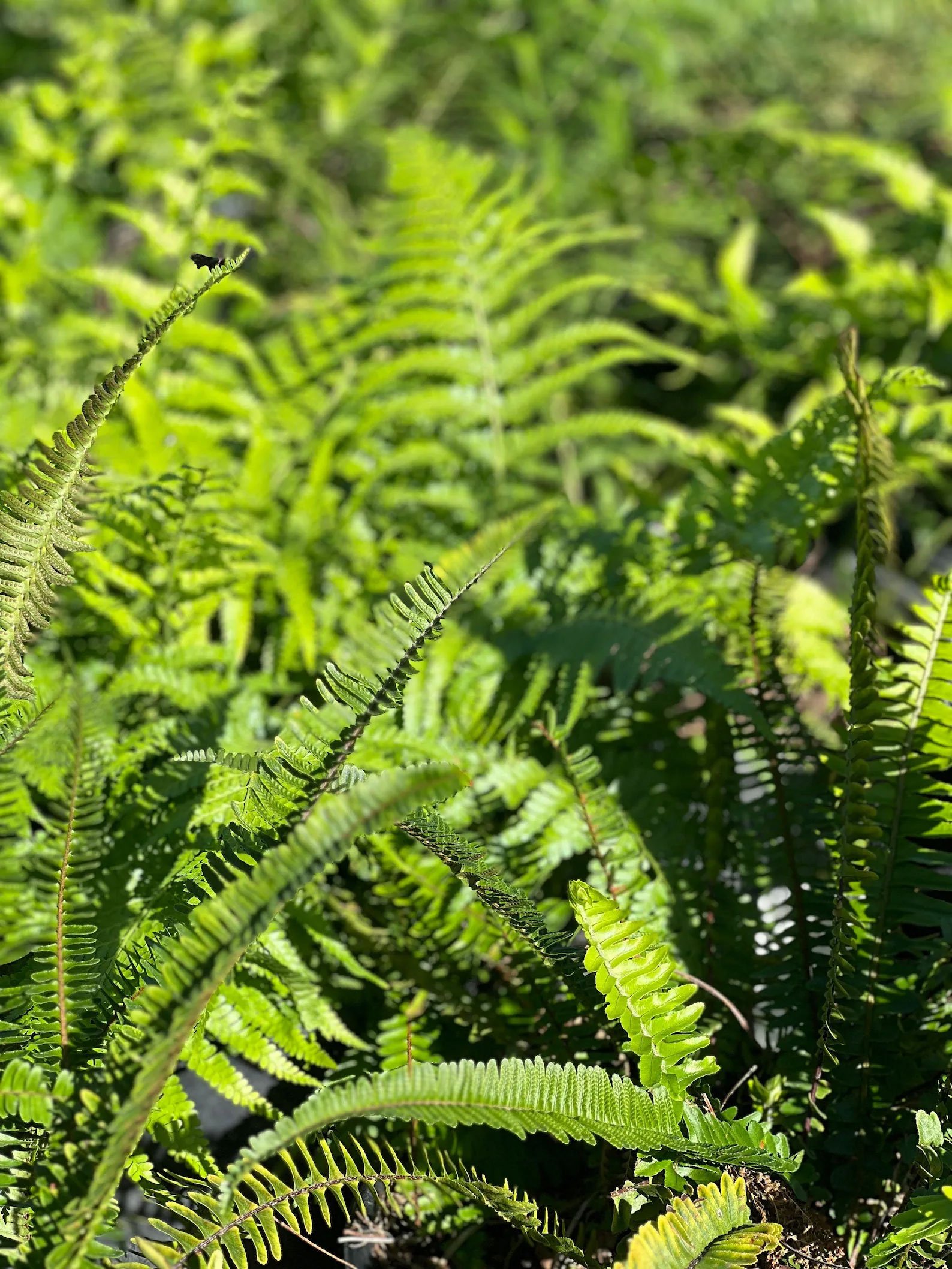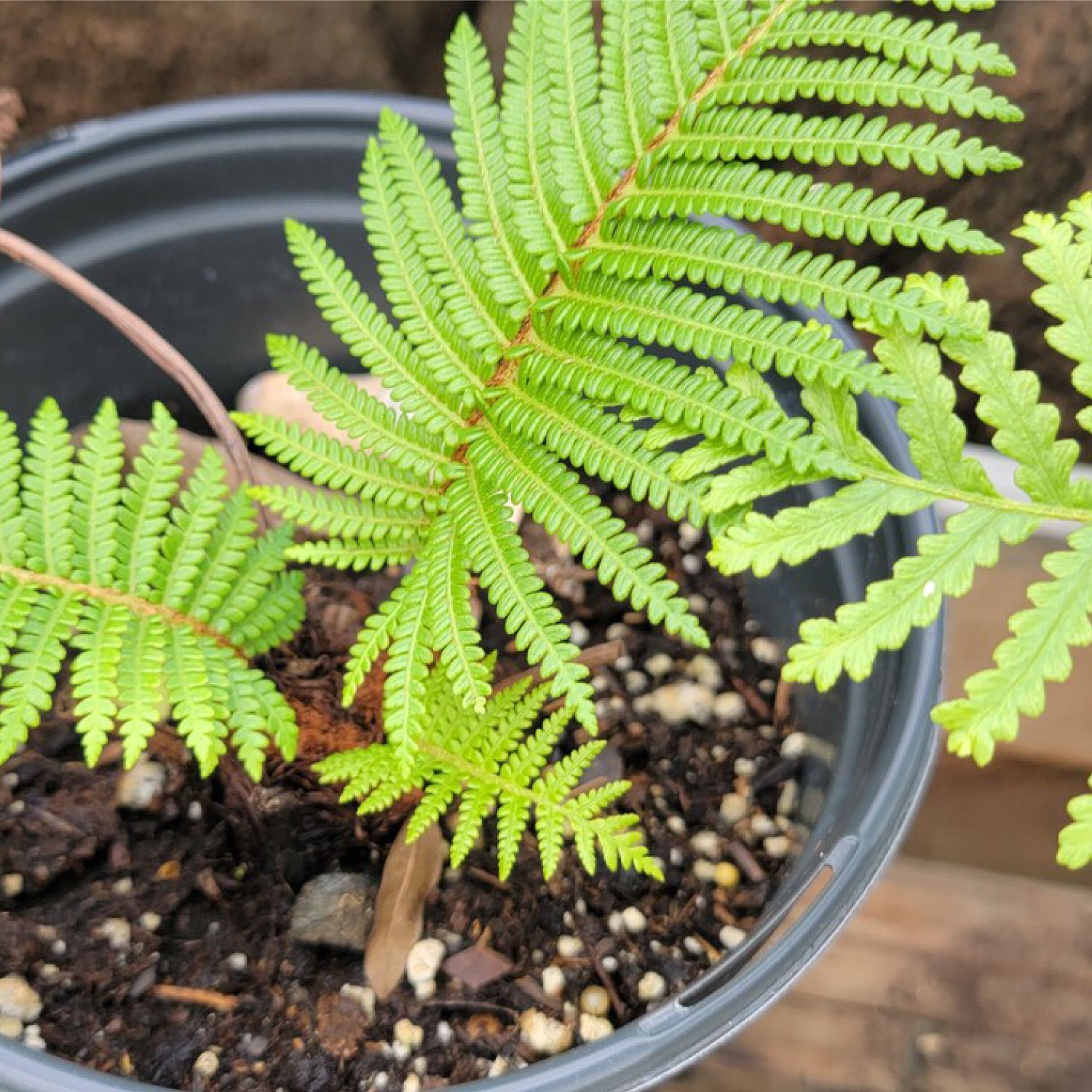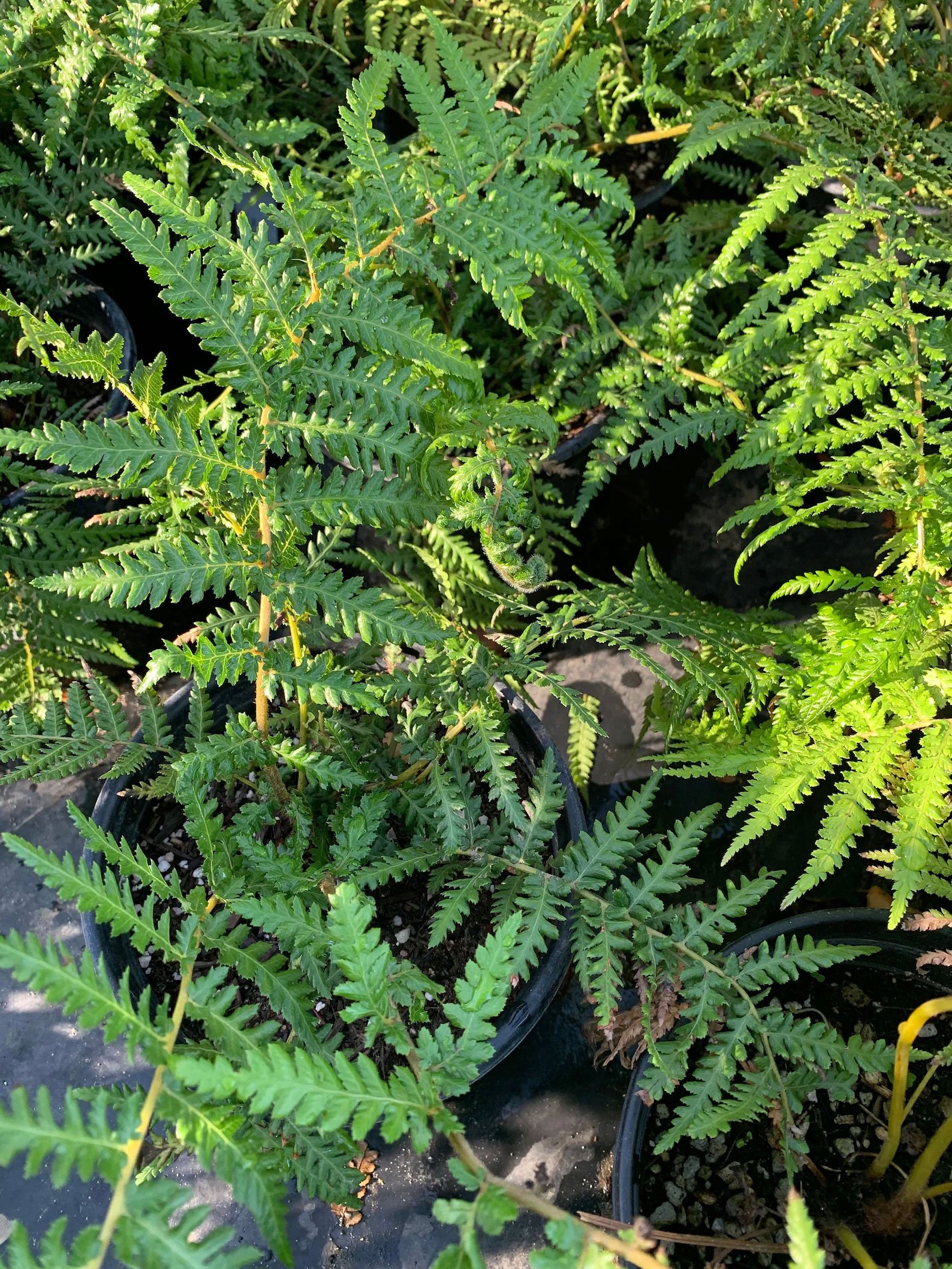Care Guide for the Tree Fern
About the Tree Fern
Tree. Ferns. This is literally what it sounds like: ferns of insanely large proportions growing up out of a wood “trunk”. Now I may live in the PNW and be blessed with giant ferns around me at all times, especially when I go hiking in the Cascades, but tree ferns are another level. Indoors these friends get 5-10 feet tall with fronds of 6 feet wide but in the wild they can reach heights of 40+ feet while coming from a variety of climates all over the world.
So why do you need them in your house? Well you are probably already obsessed with the beautiful look and feel of fern fronds, but this is a way to bring in a statement plant that is rarely seen indoors. Tree Ferns are a unique way to create that jungle feel in your house. My guide will cover some of the most popular types of tree ferns along with tips for care and success.
Types of Tree Fern
The term “Tree fern” actually refers to a few different families of ferns that all have a tree-like appearance. To help narrow this down, I have highlighted a few of my favorites.
- Australia Lacy Tree Fern (cyathea cooperii) - is probably the most common tree fern for indoor use and it can grow quite large. It has little hairs over its feather-like fronds that are sometimes called “crosiers” as they look like the staffs used by bishops. However, be aware that these little hairs can irritate your skin. I recommend this tree fern if you are looking for an airy, textured feel.
- Tasmanian Tree Fern (dicksonia antarctica) - This tree fern has a sturdy trunk and a large frond spread (up to 6-12 feet) but it is slow-growing so you don’t have to worry quite yet! The trunk is excellent for other ferns, orchids, and mosses to grow on which makes this option great for your patio.
- Hawaiian Tree Fern (cibotium glaucum) - Pulling from our American rainforests, this tree fern is found all over the islands of Hawaii. Its fronds are leathery and slightly waxy underneath. It spreads quite a lot and has thickly textured fronds that range in color from gray-green to blue. Hawaiian Tree Ferns like warm temperatures and good soil drainage.
- Brazilian Tree Fern (blechnum brasiliense) - This is a unique and rare tree fern that is also called a volcano tree fern due to the central red color looking like lava flowing out of a volcano. New leaves come in a brighter red and as they mature they turn a darker bronze. Over time they will form a trunk however there are dwarf varietals (the one linked for instance) that will only reach a few feet in height.
How to Care for the Tree Fern
SOIL: Ferns like soil that is rich in organic matter. I would recommend mixing your own soil for them with 2 parts regular house plant soil, 1 part peat moss, and 1 part sand. This helps insure the soil won’t remain waterlogged but still be nutritious.
LIGHT: Fern’s like indirect light as they are used to having the sun filtered by the plants above but tree ferns prefer a little brighter light then your typical fern. This will help insure that they grow to their large sizes. Place them near a northern or eastern window but if it is western or southern, make sure you have curtains to filter the light or place it out of direct light.
WATER: While each fern is different, keeping the soil from fully drying out is important. Ferns live in wet climates (hello rainforests). When the top inch of the soil feels dry, water again.
HUMIDITY: Similar to their smaller fern cousins, tree ferns love humidity. Remember that these beauties come from tropical climates where the humidity feels like you are breathing water and it rains often. Regularly mist or even place it in humid rooms like bathrooms, laundry rooms and kitchens. For assistance I recommend a continous mister or a humidifier.
TEMPERATURE: Try to avoid drafts. Don’t place your tree fern near an open window in winter or an AC vent or a burning radiator. Fern’s like consistency in temperature and if this isn’t given to them, they will get angry, turn brown and drop leaves.
GROWTH: As your tree fern grows, the lower leaves may start to die back and it is okay to cut these off. Since this will evolve into a tree, the trunk will start to become more apparent as these lower leaves disappear and it grows.


















